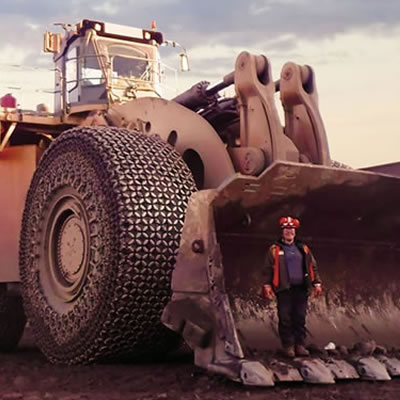More railway regulation will jeopardize Canada’s world-class system: MLI Report

The federal government in 2014 appointed a panel to review the legislation governing rail transportation in Canada.
OTTAWA, Feb. 20, 2015 – The 2013 Lac-Mégantic derailment disaster heightened public interest in Canada’s freight railways, which few Canadians pay attention to otherwise. They should, given the vital importance of the industry to the country’s economy.
The federal government in 2014 appointed a panel to review the legislation governing rail transportation in Canada. The government may be tempted to try to further “fix” perceived issues of safety, capacity, competition and service by blanketing the system in more regulation, but a new report from the Macdonald-Laurier Institute demonstrates that a more sophisticated and relaxed regulatory system has resulted in greater investment and lower rail rates, while heavy handed approaches have done serious harm in the past.
More regulation, says transport expert Malcolm Cairns, the author of the report, could jeopardize a world-class system.
“Canadian freight railways are already heavily regulated by governments and their agencies, and any increase in the level of regulatory activity is largely unwarranted and could do significant harm to railway investment and performance”, writes Cairns.
The paper, titled “Staying On The Right Track: A review of Canadian freight rail policy”, says the problem is that new regulations often have unwanted consequences.
To read the full paper, click here.
More regulation will increase the cost of doing business for railway companies such as Canadian Pacific Railway and CN Transportation Services, which are the focus of the MLI paper. That, says Cairns, will mean less money that goes toward investing in capacity expansion and making Canada’s rail system more productive.
For example: prior to 1980, the railway freight rates to move western grain were frozen at levels established in the early part of the century. This generated revenues that were less than one-quarter of the costs.
As a result, the railways were unable to invest in greater rail line capacity in Western Canada to serve expanding Asian demands for Canadian resources such as coal, sulphur and potash.
“Government’s efforts to meddle in the commercial decisions of railways have a long and inglorious history – they have usually led to the eventual need for government subsidies or even bankruptcy”, Cairns writes. And yet, in 2013/14 there was a significant intrusion by government in the movement of western grain by rail. This is a "deeply disturbing" development, writes Cairns.
Cairns’ paper outlines how government already regulates railroads to a significant degree from economic, safety, environmental and workplace perspectives. Most of the current regulations are necessary, and the relatively benign regulatory environment is working well.
Transportation of dangerous goods such as volatile types of crude oil has created much legitimate concern following Lac-Mégantic. Government agencies in Canada and the United States have already issued emergency orders and regulations following the tragedy. Cairns says the Canadian regulations – which cover train operations, tank cars, hazardous product labelling and information to communities and first responders – are being implemented, should be harmonized with the US, and will further reduce the frequency of derailments, damage and injury and fatality costs.
It is important to note, however, that despite recent increases, crude oil represents only some 2 per cent of freight rail cargo, and despite many claims to the contrary, accident release rates are lower for rail than pipeline by 30 per cent.
The issue of railway regulation shouldn’t just be of concern to particular companies, says Cairns. A well-functioning railway system is important to Canadians in all sectors.
“The capacity of CP and CN to handle the ever-increasing volumes of freight traffic is a vitally important factor in ensuring that Canada can achieve the best value from the national rail assets that serve the expanding domestic and trade economies”, Cairns writes.
***
Dr. Malcolm Cairns holds a PhD in mathematical statistics from the University of Toronto. He has previously worked as director of business research for Canada Pacific Railway. He also worked for nearly twenty years with various government departments, including Statistics Canada, the Canadian Transport Commission, the Office of Privatization and Regulatory Affairs, the Grain Transport Agency and Transport Canada. In 2000, Cairns was involved in the previous review of the Canada Transportation Act.
The Macdonald-Laurier Institute is the only non-partisan, independent national public policy think tank in Ottawa focusing on the full range of issues that fall under the jurisdiction of the federal government. Join us in 2015 as we celebrate our 5th anniversary.
For more information, please contact Mark Brownlee, communications manager, at 613-482-8327 x105 or email at [email protected].




